Zinat Al-Molk Historical House in Shiraz, Iran
Zinat Al-Molk Historical House is one of the most significant cultural landmarks in Shiraz, Iran.
Built during the Qajar era, this elegant residence offers visitors a look into the architectural and social life of the time. Constructed in the late 19th century, the house reflects the grandeur and intricate craftsmanship typical of Persian aristocratic homes from that period.
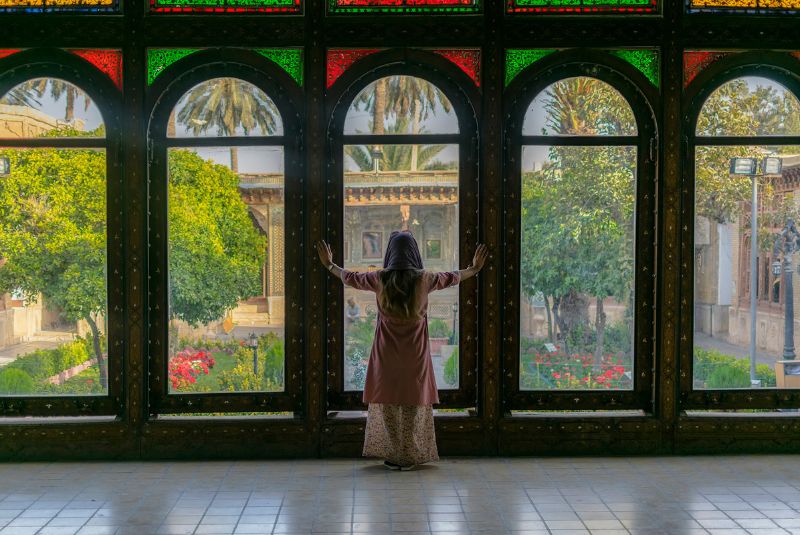
Located in the heart of Shiraz at Lotf Ali Khan Zand Street, near the famous Narenjestan-e Ghavam, Zinat Al-Molk was the private residence of the Qavam family, one of Shiraz’s most influential families during the Qajar dynasty. The house is named after Zinat Al-Molk, a prominent female member of this family. Today, it forms part of a cultural complex that also includes the Shiraz Museum of Famous Figures in its basement.

Easily accessible by local transportation, Zinat Al-Molk Historical House provides visitors with an opportunity to explore one of Shiraz’s most important historical residences and its cultural significance in Persian history.
Architectural Beauty of Zinat Al-Molk Historical House
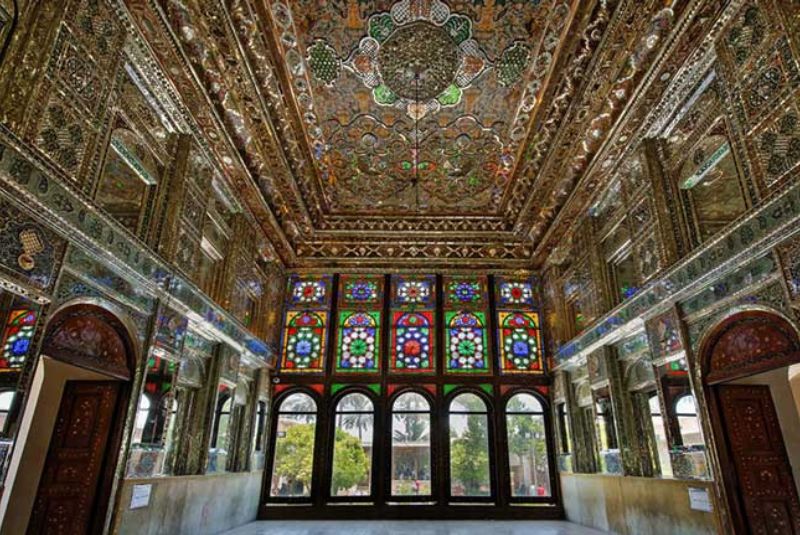
The architecture of Zinat Al-Molk Historical House is a remarkable example of Qajar-style design, featuring a blend of Persian artistry and traditional craftsmanship. The house is centered around a beautifully landscaped courtyard, with a rectangular pool serving as the focal point, surrounded by lush gardens. The courtyard's tranquil atmosphere complements the building’s intricate exterior and interior details.
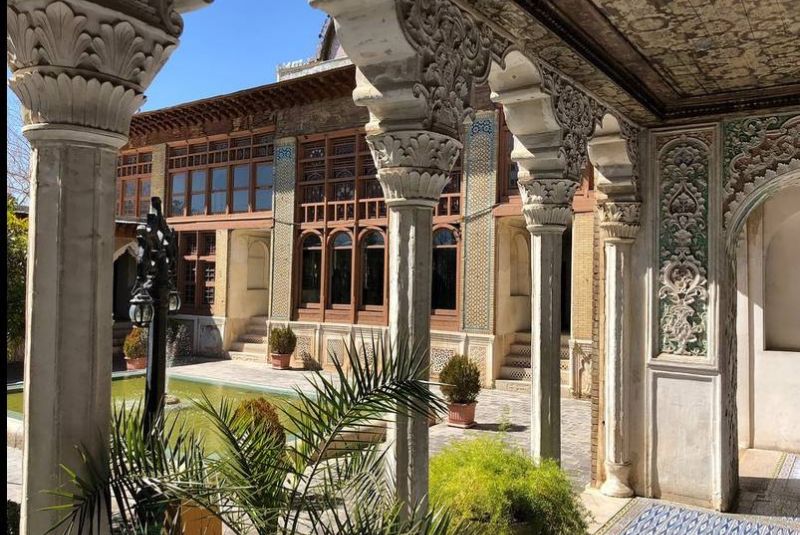
One of the most striking aspects of the house is its facade, which is adorned with fine stucco work and delicate wood carvings, showcasing the artistic traditions of the Qajar era.
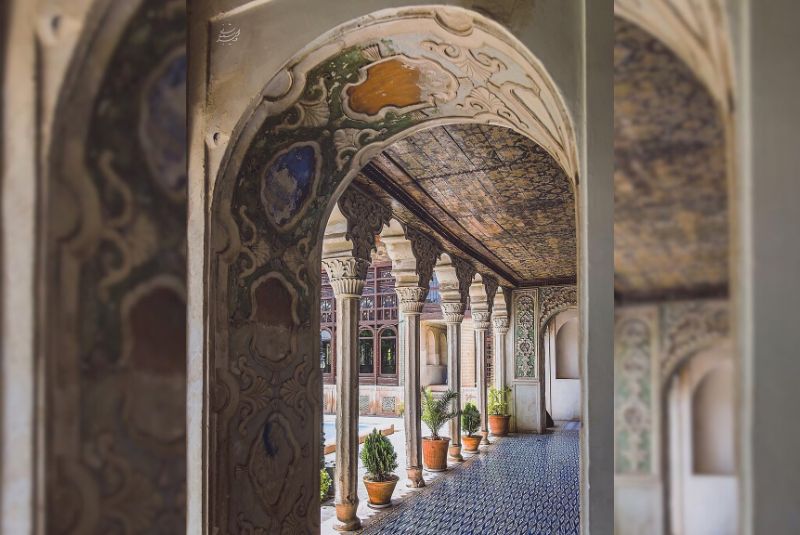
The entrance hall features large wooden doors with elegant carvings, leading visitors into the home’s main reception areas. Inside, the walls and ceilings are decorated with impressive mirrorwork that reflects light in fascinating patterns. Many of the rooms boast elaborately painted ceilings, featuring scenes from Persian mythology and history, as well as floral motifs.

The house also features a number of stucco reliefs along its walls, adding to the detailed decoration that characterizes its design. The craftsmanship in the use of wood, plaster, and glass is a testament to the high level of artistry during the Qajar period. In addition to its preserved architectural elements, Zinat Al-Molk Historical House is home to several exhibits in its basement museum, showcasing figures from Shiraz's cultural and historical past. Visitors today can still admire the building's intricate features, while experiencing the peaceful ambiance of its gardens and interior spaces.
Zinat Al-Molk House Historical Significance
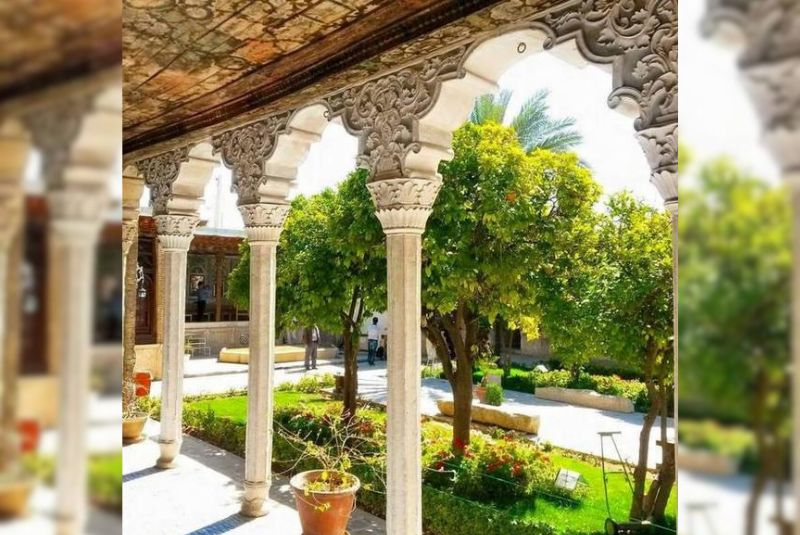
Zinat Al-Molk Historical House holds a significant place in the history of Shiraz, primarily due to its connection with the influential Qavam family, who played an important role in the political and economic life of Persia during the Qajar dynasty. The Qavam family, known for their contributions to governance and trade, owned several estates in Shiraz, with Zinat Al-Molk House serving as one of their private residences. The house was a symbol of their status and power, reflecting the wealth and prestige the family enjoyed during the late 19th and early 20th centuries.
The house is named after Zinat Al-Molk, a distinguished woman from the Qavam family, noted for her contributions to social and cultural life. As the daughter of one of the family patriarchs, Zinat Al-Molk became an important figure in maintaining the family’s legacy in Shiraz.
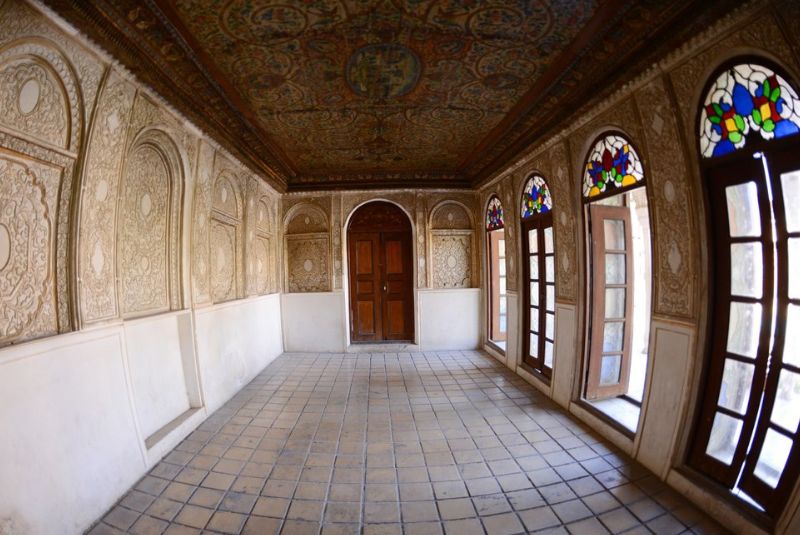
Over the years, Zinat Al-Molk House has been transformed from a private residence to a public cultural site. Today, it is an integral part of the Shiraz Museum of Famous Figures, which is housed in its basement. This museum displays wax statues of some of Shiraz’s most notable cultural and historical personalities, offering visitors a unique way to connect with the city’s past. The preservation of the house ensures that its historical significance continues to be recognized in Shiraz and beyond.
What to Expect During Your Visit?
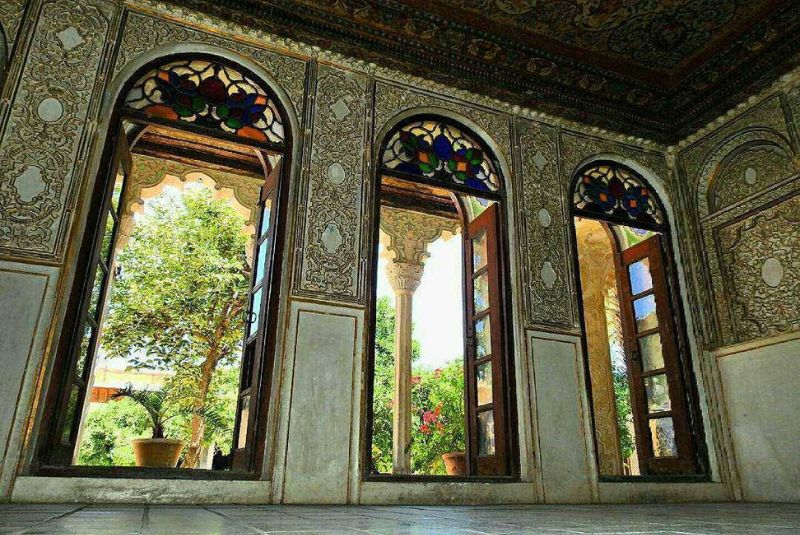
Zinat Al-Molk Historical House address is easy to find. The house is located on Lotf Ali Khan Zand Street in the heart of Shiraz, Iran. Situated near Narenjestan-e Ghavam, it is easily accessible by local transportation, making it a convenient stop for visitors exploring the historical sites of the city.
Visitors to Zinat Al-Molk Historical House can look forward to an unique experience that combines history, architecture, and culture. The house is open to the public during standard visiting hours, typically from early morning until late afternoon, with ticket prices varying depending on season and visitor type (students, children, etc.). Guided tours are available in both Persian and English, providing valuable insight into the history and features of the house.
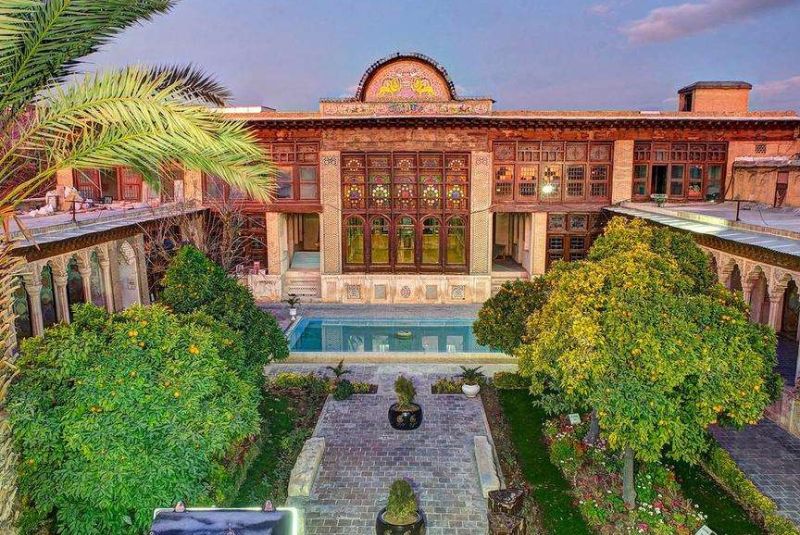
One of the main highlights of the visit is the Shiraz Museum of Famous Figures, located in the basement of the house. This museum features wax statues of prominent figures from Shiraz's history, including poets, scholars, and political leaders. These exhibits offer a deeper understanding of the city's cultural and intellectual heritage, adding a unique layer to the overall experience.
As you explore the house, take note of the beautifully designed courtyard, the intricate woodwork, and the elaborate mirrorwork that decorates many of the rooms. To fully appreciate the details, it’s advisable to spend some time in the central courtyard, where the pool and surrounding greenery provide a peaceful environment.
- A few practical tips: wear comfortable shoes, as you'll be walking across different floors, and allow at least an hour to explore the house thoroughly. Don't miss the ceiling paintings in the main reception rooms, which offer stunning depictions of Persian stories and motifs. Additionally, the mirror room and the basement museum are must-see areas for anyone interested in Shiraz’s rich history.
Nearby Attractions
When visiting Zinat Al-Molk Historical House in Shiraz, you’ll find several other fascinating attractions nearby, each offering its own unique experience:
Narenjestan-e Ghavam
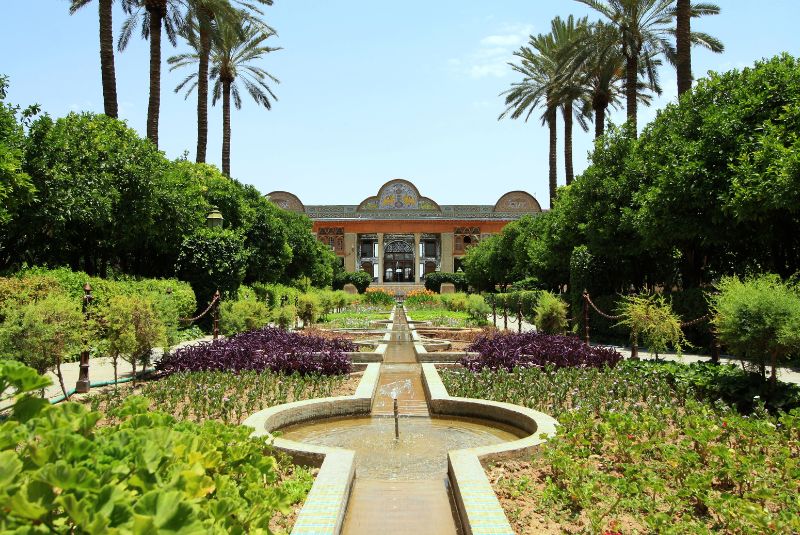
Just a few steps away from Zinat Al-Molk, Narenjestan-e Ghavam is another residence that belonged to the influential Qavam family. Built during the same period, this house is renowned for its exquisite mirrorwork and beautifully maintained gardens. The lush orange trees that fill the garden provide a peaceful atmosphere, while the house itself is a masterpiece of Qajar architecture, with detailed stucco and woodwork. Today, it operates as a museum, giving visitors a glimpse of the Qavam family's opulent lifestyle.
Nasir al-Mulk Mosque (Pink Mosque)
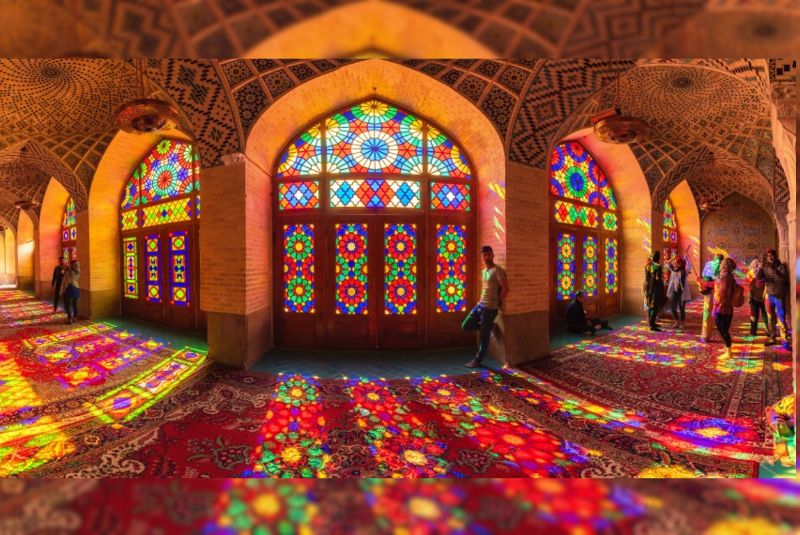
Located a short walk from Zinat Al-Molk, the Nasir al-Mulk Mosque is one of Shiraz’s most visually stunning landmarks. Its stained glass windows and colorful tilework create a mesmerizing play of light and color inside the mosque, making it a favorite spot for photography. The early morning sunlight enhances the beauty of the intricate designs, so visiting early in the day is highly recommended.
Vakil Bazaar
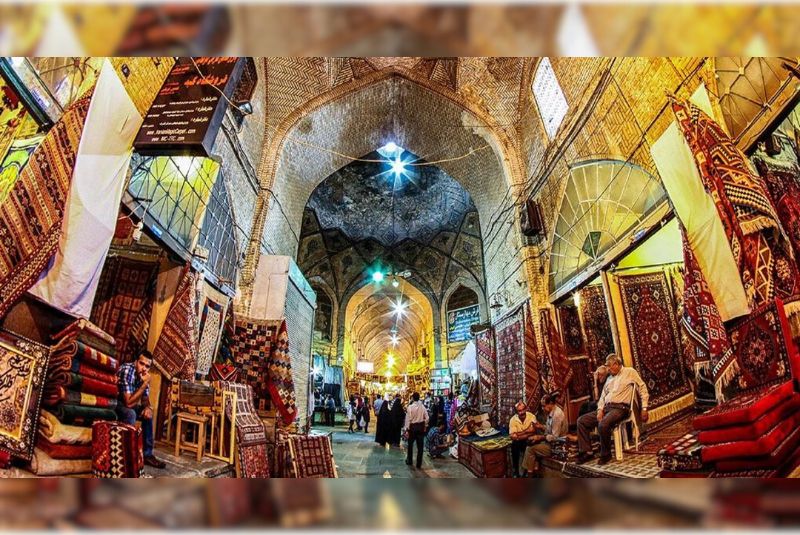
A visit to Shiraz would be incomplete without exploring Vakil Bazaar, one of the city's oldest and most vibrant markets. This traditional bazaar is a treasure trove of local goods, including handicrafts, spices, textiles, and souvenirs. The bustling atmosphere, combined with the historical architecture, offers an authentic shopping experience that connects visitors to Shiraz’s vibrant commercial past.
Vakil Bath
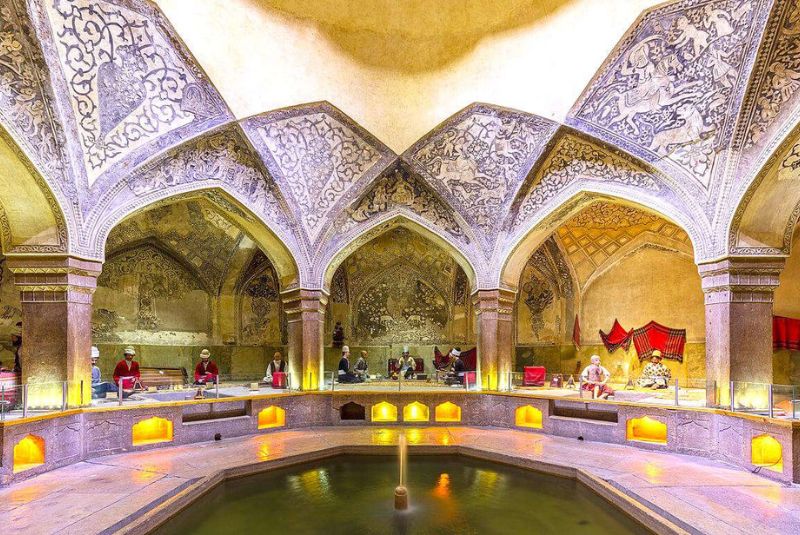
Near Vakil Bazaar is Vakil Bath, a beautifully preserved public bathhouse from the Zand era. This historical structure highlights traditional Persian bathhouse architecture, complete with large domed ceilings and an efficient water system. Vakil Bath offers a fascinating look at the social and cultural practices related to public baths in Iran.
Shiraz’s Tomb of Hafez
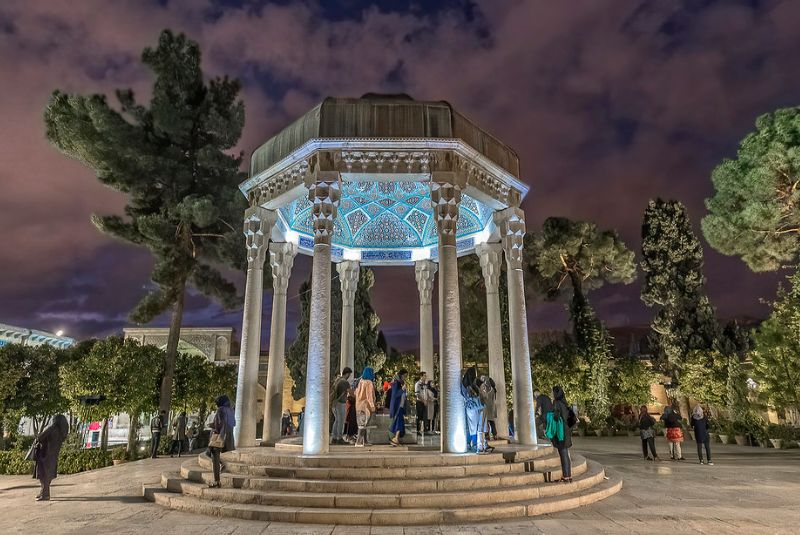
A few kilometers away from Zinat Al-Molk lies the Tomb of Hafez, the final resting place of one of Iran’s most beloved poets. Set in a peaceful garden, the tomb draws both locals and tourists who come to pay their respects and reflect on Hafez’s timeless poetry. The serene environment, combined with the poet’s legacy, makes this a must-visit for literature lovers.
Shah Cheragh Shrine
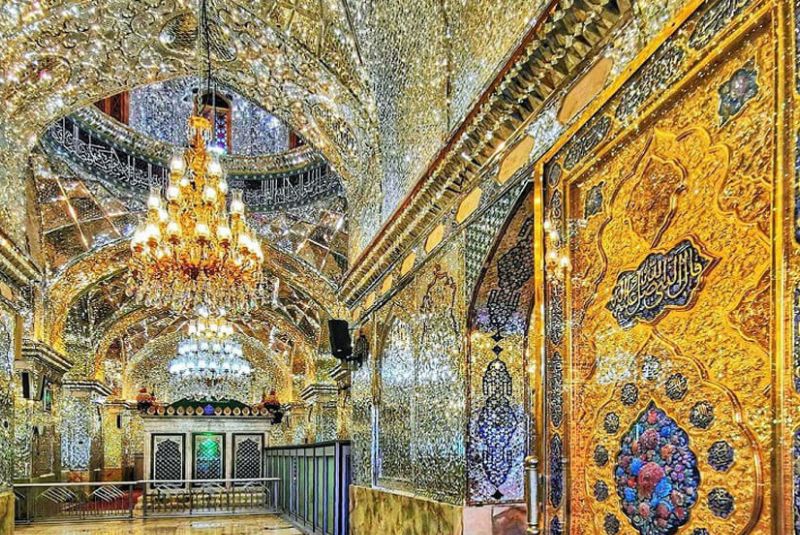
Shah Cheragh Shrine, one of Shiraz’s most important religious sites, is also nearby. The shrine is famous for its breathtaking tilework and intricate mirrors that create a radiant, spiritual atmosphere. As a place of pilgrimage, it holds deep religious significance, but visitors of all backgrounds are welcome to admire its architectural beauty.
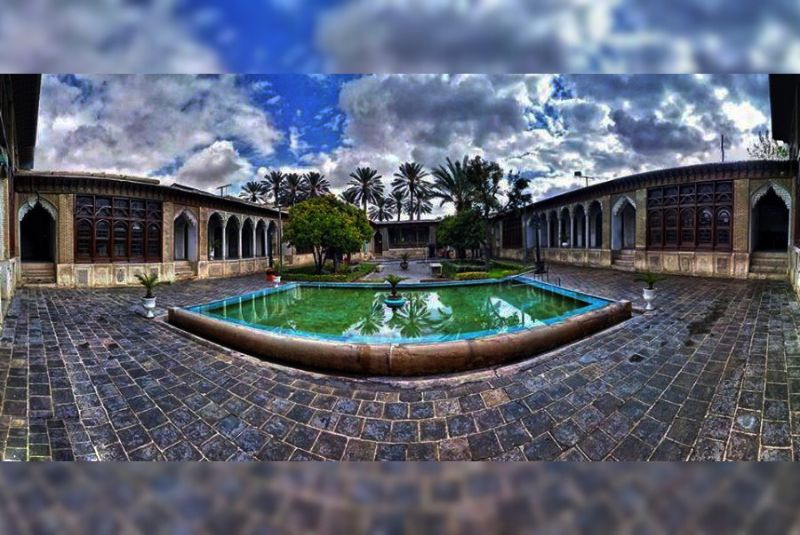
Final Takeaway
Zinat Al-Molk Historical House offers visitors a chance to connect with Shiraz's rich past and admire the beauty of Qajar-era architecture. The house provides insight into the lives of one of the city’s most influential families, making it a meaningful stop for anyone interested in Iran's cultural and architectural history. If you're visiting Shiraz, be sure to include Zinat Al-Molk in your itinerary to experience a piece of the city's unique history.
Share your story!
Comment below and let us know about your Experience.
Your story inspires others!


Comment
Leave a Comment